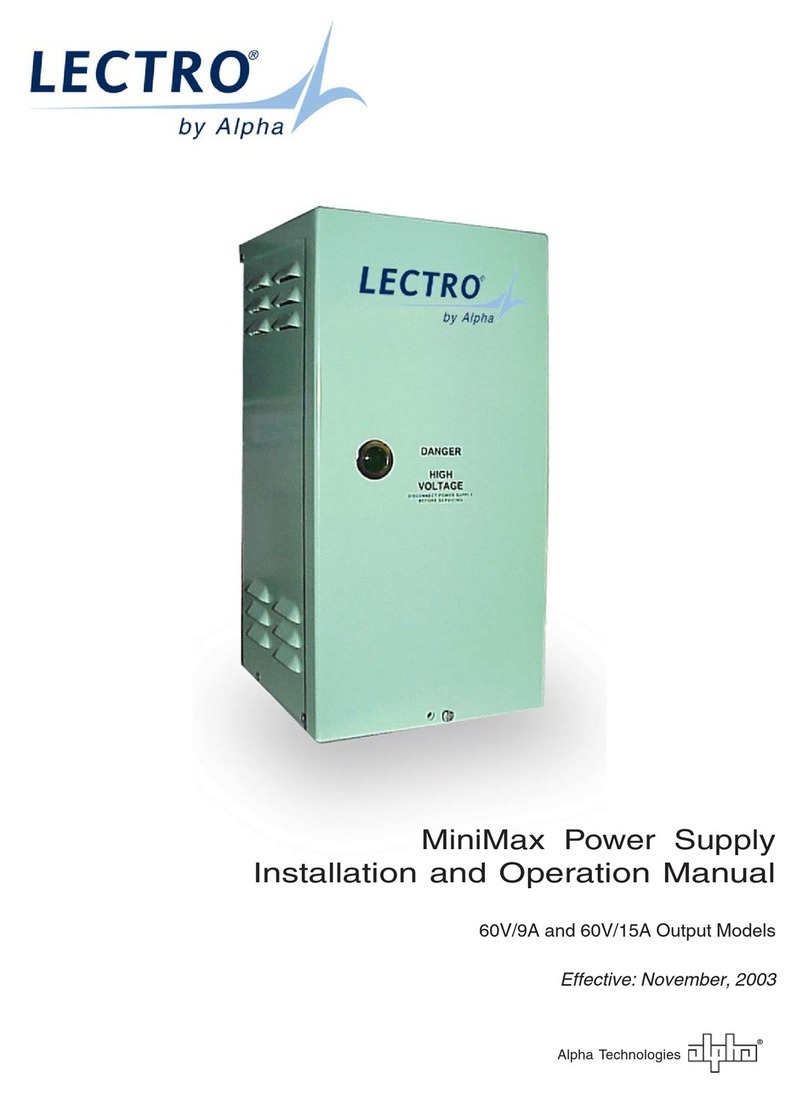
4
Preface
745-573-B0-001 REV. A
Contents
Important Safety Instructions...................................................................................................................... 6
General Safety Precautions ....................................................................................................................... 7
Battery Safety Notes .................................................................................................................................. 9
Battery Maintenance Guidelines .............................................................................................................. 10
Recycling and Disposal Instructions..........................................................................................................11
Electrical Safety.........................................................................................................................................11
Mechanical Safety.................................................................................................................................... 12
1.0 Overview
1.1 Introduction..................................................................................................................................... 13
1.2 Cabinet Nomenclature.................................................................................................................... 14
2.0 Cabinet Installation
2.1 Pole Mounting................................................................................................................................. 16
2.2 Ground Mounting............................................................................................................................ 18
2.3 Enclosure Grounding...................................................................................................................... 20
2.4 Electrical Connections .................................................................................................................... 21
3.0 Power Supply Installation
3.1 CPR™ Module Installation and Connection ................................................................................... 22
3.2 Battery Installation and Connection ................................................................................................ 25
3.2.1 48V Battery Installation Procedure ........................................................................................26
3.2.2 36V Battery Installation Procedure ........................................................................................27
3.2.3 Connecting an Additional 48V Battery String ......................................................................... 28
3.2.4 Connecting an Additional 36V Battery String ......................................................................... 28
3.2.5 Removing Batteries ............................................................................................................... 30
3.3 Operation........................................................................................................................................ 33
3.4 Maintenance ................................................................................................................................... 35
3.4.1 Routine Maintenance Checks................................................................................................35
3.4.2 CPR™ Power Supply Maintenance Log Sheet ..................................................................... 36
3.4.3 Battery Storage ...................................................................................................................... 37
3.4.4 Proper Usage ........................................................................................................................ 37
3.4.5 Periodic Maintenance ............................................................................................................ 37
4.0 Troubleshooting
4.1 Troubleshooting Guide Part 1......................................................................................................... 38
4.2 Troubleshooting Guide Part 2......................................................................................................... 39
5.0 Status Monitoring
5.1 Installation ...................................................................................................................................... 40
5.2 Operation........................................................................................................................................ 41
5.3 Maintenance ................................................................................................................................... 42
6.0 Specifications
6.1 Electrical, Mechanical Specifications .............................................................................................. 43




























